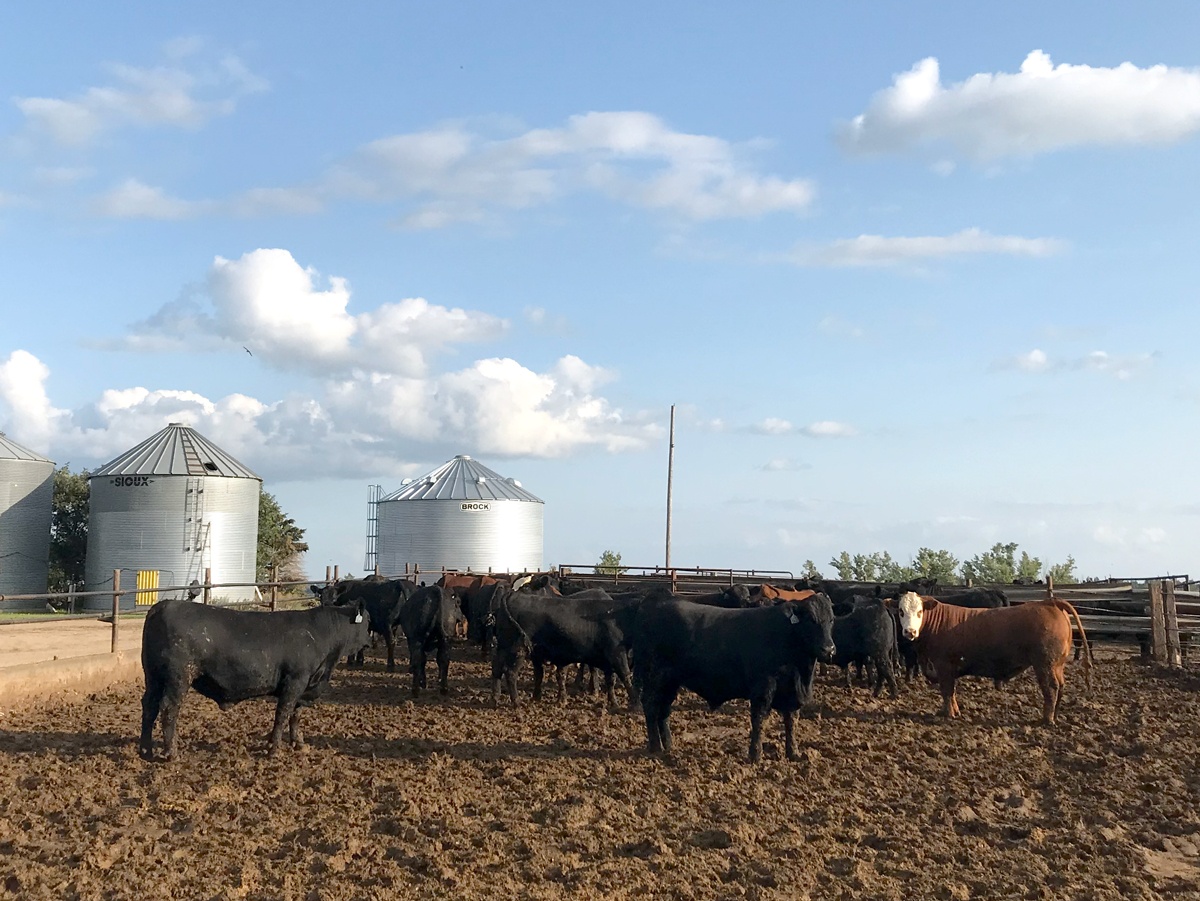At Conservation Minnesota, we’ve been tracking Per- and polyfluoroalkyl substances (PFAS) in the state and supported legislation to get these forever chemicals out of food packaging. I became familiar with PFAS while working in the east metro, as 3M’s long-term project to address water contamination issues was on the minds of residents. Now, as the new Food & Agriculture Program Manager, I’m particularly interested in an emerging issue: PFAS in biosolids applied on agricultural lands.
PFAS substances do not break down in the environment and are a class of industry chemicals found in many consumer products, including nonstick cookware and water-repellent fabrics. These forever chemicals affect our air, soil, water, and the health of humans, animals, and the global environment. PFAS was in the news this fall when the Minnesota Pollution Control Agency (MPCA) revealed that the list of impaired water bodies with PFOS (a member of the PFAS family) rose from 11 to 26. The MPCA has a PFAS Blueprint and a PFAS Monitoring Plan to track the pervasive effects in our state.
The seriousness of this issue prompted the Institute on Agriculture & Trade Policy (IATP) to issue a “Forever Chemicals and Agriculture Case Study” about how PFAS pollution has affected two Maine dairy farms and farming families’ economic bottom line. The chemicals were found in Maine by an Environmental Protection Agency program that tests for chemicals of concern not yet regulated in public drinking water systems. An estimated 700 sludge-spreading (biosolids) sites in Maine may have PFAS in the groundwater and soil, and more than 200 adjacent residential drinking water wells.
Biosolids are the residual, semi-solid by-product produced during treatment of sewage wastewater. When biosolids are used as free fertilizer and spread on farmland, chemicals (like PFAS) can seep into groundwater and be taken up by the crops. Sometimes those crops are then fed back to the livestock.
To address the impact on farms and the food system, the state of Maine passed comprehensive policy solutions. These include changes to hazardous waste laws, banning PFAS in consumer products, and mandated testing of sites approved for sludge disposal. I do not want Minnesota farmers to experience what happened in Maine. We can learn from their PFAS battle and highlight state level public policy to prevent the ecological impact PFAS has on rural communities.
In Minnesota, the Environment and Natural Resources Trust Fund (ENRT) funded a research project to help wastewater plants, landfills, and compost facilities manage PFAS in land-applied biosolids. The project was recommended by the Legislative-Citizen Commission on Natural Resources (LCCMR). This project will further give Minnesota the tools to prevent PFAS contamination and proactively manage biosolids.
Minnesota has already measured elevated levels of PFAS in landfills and city waste treatment centers, and application of biosolids is a known source of PFAS contamination in crops, soil, surface and groundwater. Because the impacts on human health by consuming contaminated food and water is an ongoing threat, public knowledge and prevention is vital. Conservation Minnesota values the importance of the PFAS Blueprint to identify opportunities and legislative actions to manage these forever chemicals. We also support a water-quality standard for PFAS and the creation of legislation to define PFAS as a hazardous substance under the state superfund law. We know these forever chemicals are already a part of our Minnesota environment. The time to enact public policy to protect our ecosystems, agriculture economy, and public health is now.

